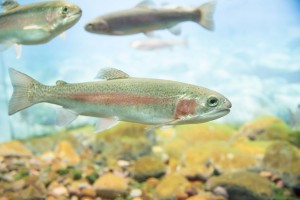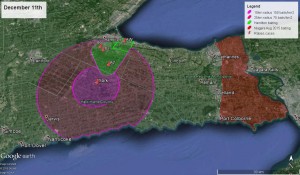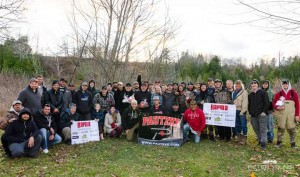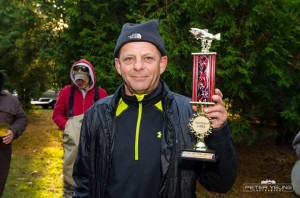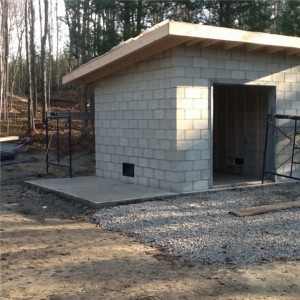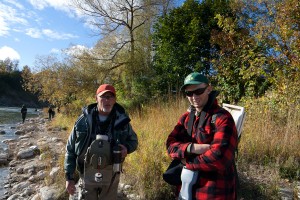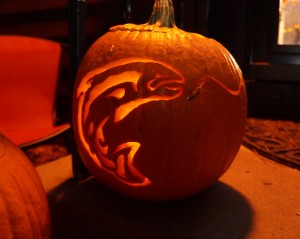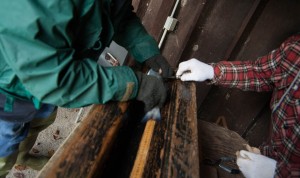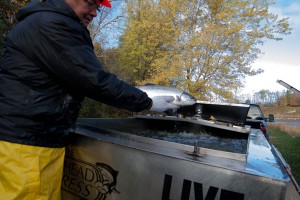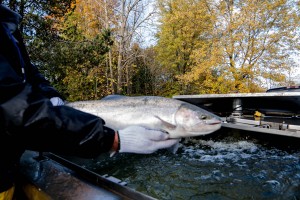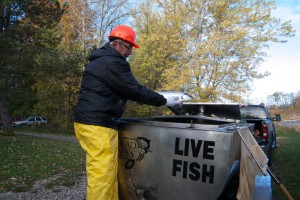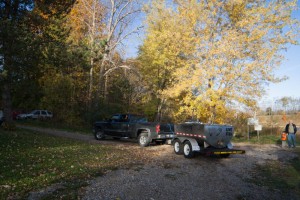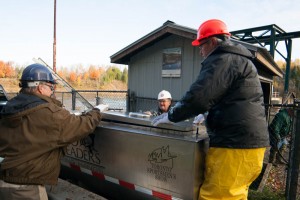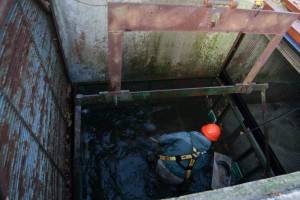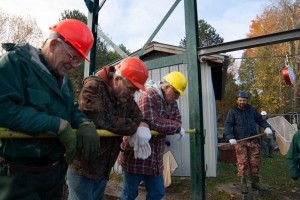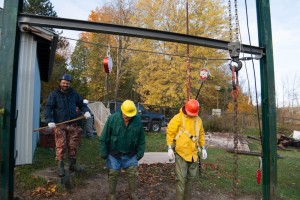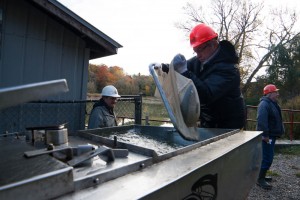We are going to start sorting and counting our rainbows On February 8th. I am giving a schedule below of times that I will definitely be there to work and to demonstrate to others how to do the work. When someone knows what needs to be done they can come anytime they wish with whoever else wants to work. Following the sorting and counting we will move right into the finclipping.
I have included that schedule as well up until February 20th. Depending how much work is left I will give some more dates for after the 20th. Please try to come out for a couple of work sessions. This is work that has to be done and it is not fair to only leave it up to a few individuals. It is not complicated or particularly hard work. You will definitely never get any more “hands on work” with the fish. Feel free to invite other family members or friends to help as well.
Al Wilkins
Trout Hatchery Manager
519-396-9764
Time/Dates for fish sorting and counting
Monday Feb 8 – 8:30 am to 11:00 am
Tuesday Feb 9 – 8:30 am to 11:00 am
Friday Feb 12 – 8:30 am to 11:00 am
Saturday Feb 13 – 8:30 am to 11:00 am
Time/Dates for finclipping
Monday Feb 15 – 8:30 to 11:00 am
Wednesday Feb 17 – 8:30 to 11:00
Friday Feb 19 – 8:30 am to 11:00 am
Saturday Feb 20 – 8:30 to 11:00 am
*If you choose to participate, please contact Al Wilkens prior to date for scheduling purposes.


